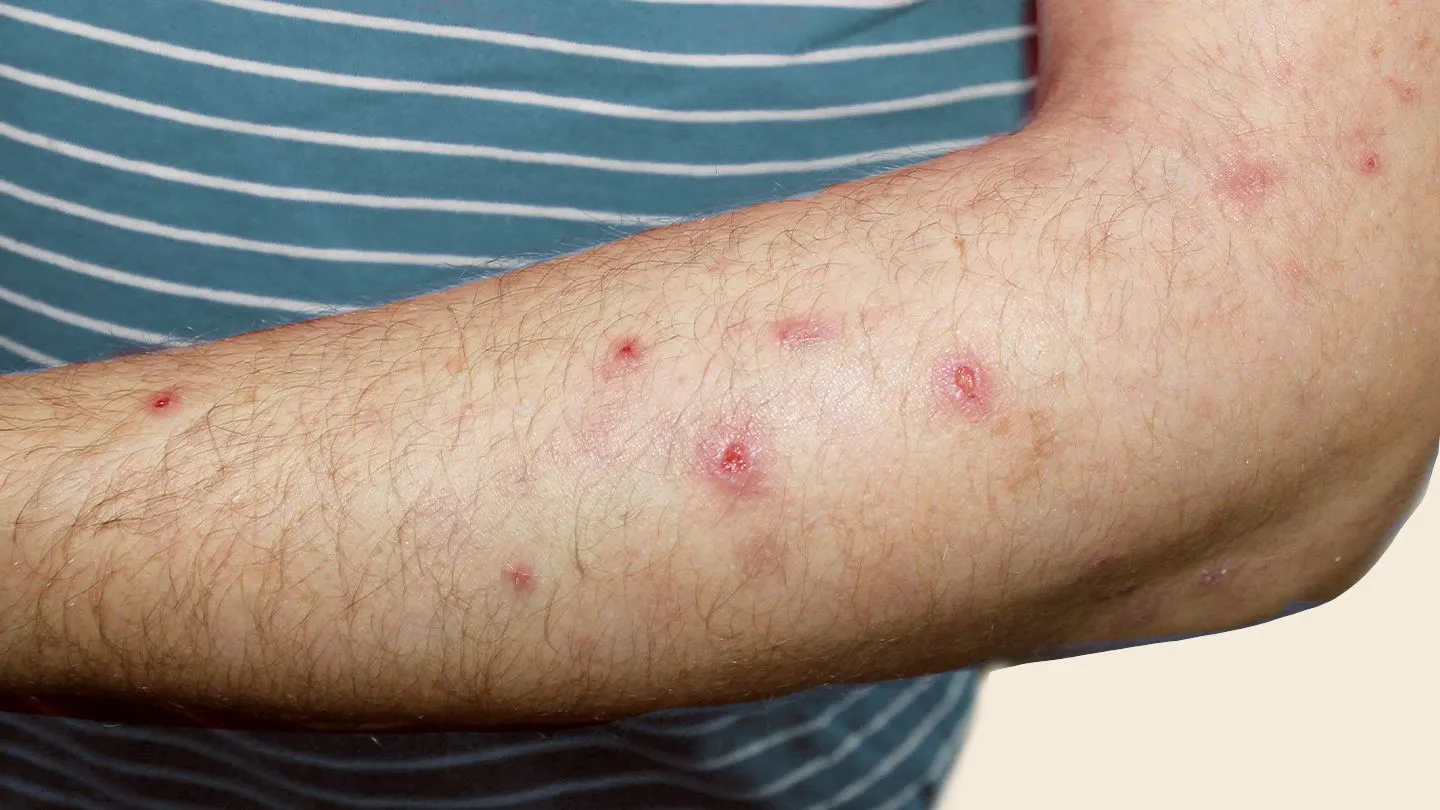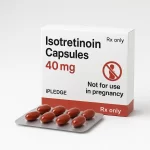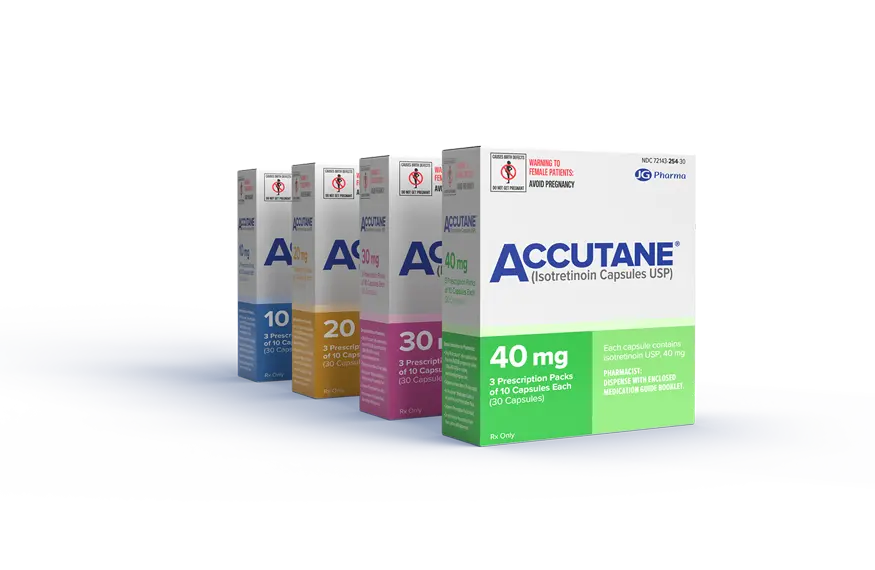Prurigo nodularis (PN) is a chronic inflammatory disease that causes extremely itchy, raised bumps (or nodules) on the arms and legs. While anyone can develop prurigo nodularis, it tends to be more common in adults, especially among African Americans. Prurigo nodularis is often linked to other atopic or systemic conditions, including chronic kidney disease, diabetes, HIV/AIDS, thyroid disorders, or malignancy. The most troubling symptom is the relentless itch, which leads to a cycle of scratching and more itching. This can severely affect a person’s quality of life, making it hard to sleep or even socialize. Managing both the physical and emotional impact of this condition is crucial for those affected.
Etiology and Pathogenesis
The exact cause of prurigo nodularis is not fully understood, but it is commonly associated with long-standing itching or pruritus of various causes (dermatological, systemic, infectious, neuropsychiatric), leading to repetitive scratching and rubbing. Over time, this mechanical trauma contributes to the formation of firm nodules. Two key mechanisms contribute to this cycle: immune and neuronal dysregulation.
Immune Dysregulation: PN involves an immune response in the skin, causing inflammation. Key players, like interleukin-31 (a cytokine protein involved in itching), propagate the itch-scratch cycle. Other immune cells, like eosinophils and helper T cytokines, also contribute to the inflammation.
Neuronal Dysregulation: The nerves in the affected lesions are more dense in the dermis and become overactive, strengthening the itch sensation. Neural alterations and neurogenic inflammation also play a direct role in itching, driven by the dysregulation of various neuropeptides (particularly substance P and calcitonin gene-related peptides).
Clinical Presentation 
Prurigo nodularis presents as clusters of firm, itchy bumps that range in color from flesh-toned to pink. Early in the condition, these bumps may start as areas of “xerosis” (i.e. dry skin), but, with constant scratching, turn into excoriated (scraped) lesions. Excoriated lesions can lead to complications, including hyperpigmentation, scarring, and secondary infection, appearing as crusted red lesions if infected. While prurigo nodularis often affects the arms and legs, lesions may also be found on the trunk, upper back, and abdomen – avoiding areas like the palms, soles, and regions of the body that are “hard to reach,” including the upper mid-back. Aside from chronic itching, some patients can experience burning and stinging in affected areas, adding to the discomfort.
Diagnosis and Workup
Prurigo nodularis is mainly a clinical diagnosis. However, other itchy skin conditions (e.g., neurodermatitis, lichen simplex chronicus, hypertrophic lichen planus) may look similar, warranting differentiation. The initial workup of patients presenting with suspected prurigo nodularis lesions includes a complete blood count with differential, liver function tests, and renal function tests. For further evaluation, one can consider thyroid, hemoglobin A1c, HIV, Hepatitis B or C serology, or iron. Consider malignancy in patients with prurigo nodularis of an acute (instead of chronic) onset. In some cases, a skin biopsy may be done if testing reveals non-specific findings or the lesions don’t respond to initial treatments.
Treatment
Treatment for prurigo nodularis focuses on breaking this itch-scratch-itch cycle through a multifaceted approach. In addition to topical or systemic treatments, patients need extensive counseling on practices to reduce scratching. Some of these habit-breaking recommendations include keeping nails short, applying emollients and calamine lotions for relief, and reducing stress.
Topical: The first-line treatment usually involves high-strength steroid creams (e.g., betamethasone) to reduce inflammation and itching. Some patients apply these in conjunction with an occlusive skin tape (flurandrenolide). For faster relief in specific areas, especially during flares, steroid injections may be used directly on the nodules. For patients who prefer non-steroid treatments, alternatives like calcineurin inhibitors (pimecrolimus), anesthetics, or capsaicin creams can be effective. However, capsaicin requires frequent application (four to six times daily on average) to see results.
Phototherapy: Ultraviolet (UV) light therapy, particularly narrow-band UVB, is often used in patients with multiple comorbid health conditions or those who cannot tolerate certain medications due to drug interactions. However, many patients on topicals and phototherapy may often still require adjunctive systemic therapy.
Systemic: Antihistamines, which are commonly used for allergies, are not effective for treating prurigo nodularis. Instead, medications that target the immune system or nerve responses are more commonly used. Immunosuppressants like methotrexate or cyclosporine may be prescribed, though they require regular monitoring of blood pressure and renal/liver function due to possible side effects. Antidepressants (paroxetine, amitriptyline) or antiepileptics (like gabapentin) may also help by addressing the nerve-related aspects of itching with a safer side effect profile.
Emerging Treatments: New advancements are bringing hope to patients. In August 2024, the U.S. Food and Drug Administration approved a drug called nemolizumab, which targets IL-31, the protein primarily responsible for the itch in prurigo nodularis. This approval marked a significant advancement in the management of this notoriously difficult-to-treat condition. Another promising treatment, dupilumab, targets a different protein (interleukin-4) and has been successful in treating other itch-related conditions like eczema. Research is ongoing into other treatments, including those that affect cannabinoid and opioid receptors (e.g., naloxone, oral naltrexone).
Prurigo nodularis is known as the “itch you can’t stop scratching,” and it remains a challenging condition to manage due to its multifactorial etiology and chronic nature. It is essential that we address both the physical and psychological aspects of the disease. Ongoing research into the etiology of prurigo nodularis and new therapies are promising, offering hope for more effective management in the future.








